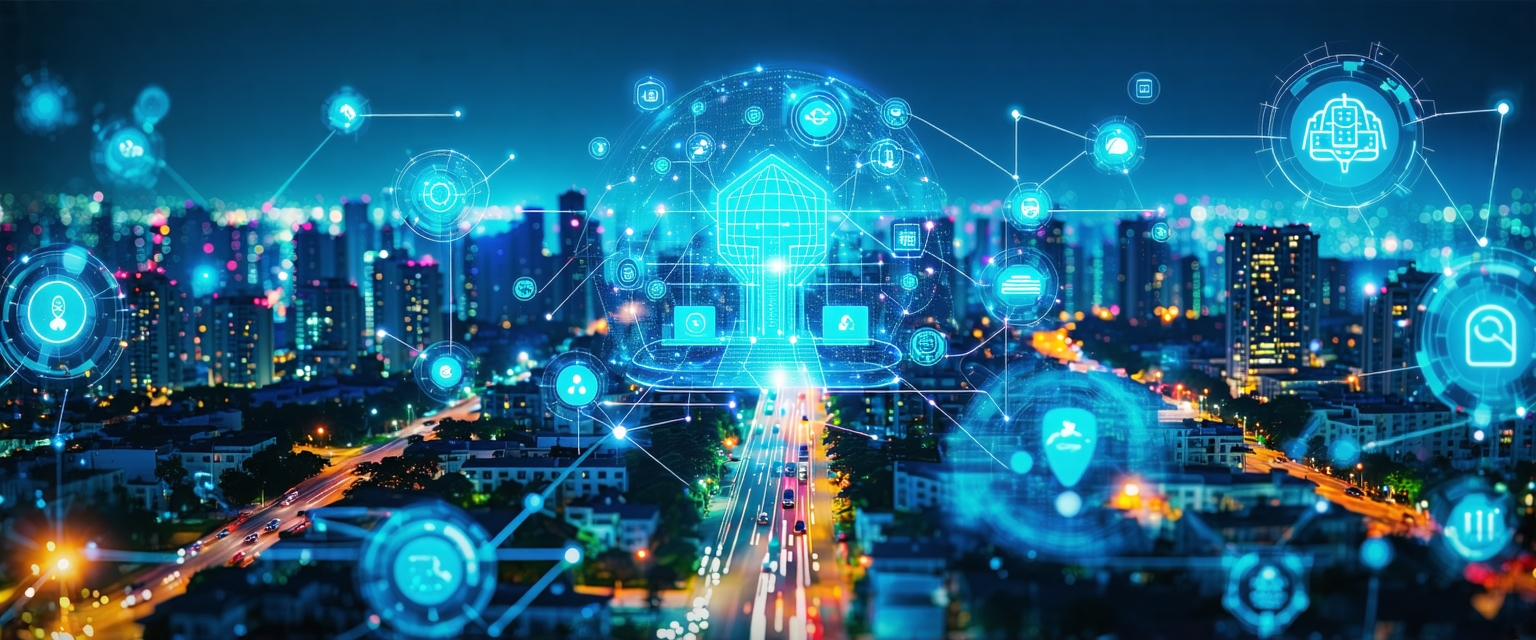






The Internet of Things (IoT) continues to evolve at a rapid pace, with recent advancements significantly impacting various sectors. New developments in connectivity, security, and data analytics are paving the way for smarter and more efficient systems.
The IoT, encompassing billions of interconnected devices, has already transformed industries like manufacturing, healthcare, and transportation. Early implementations focused on basic data collection and remote monitoring. However, recent years have seen a dramatic increase in the complexity and sophistication of IoT deployments.
This growth has been fueled by advancements in areas such as low-power wide-area networks (LPWANs), enabling long-range communication with low-power devices, and edge computing, which allows data processing closer to the source, reducing latency and bandwidth requirements.
One of the most significant recent developments is the increased integration of artificial intelligence (AI) and machine learning (ML) into IoT systems. This allows for more sophisticated data analysis, predictive maintenance, and automation. AI-powered IoT devices can now autonomously adapt to changing conditions, optimize performance, and even identify potential problems before they occur.
Furthermore, there’s a greater emphasis on enhanced security measures. With the rise in connected devices, the potential for cyberattacks has also increased. New security protocols and technologies are being implemented to protect IoT networks and data from unauthorized access.
The advancements in IoT are leading to the creation of smarter cities, with improved infrastructure, enhanced public safety, and optimized resource management. Smart grids, intelligent transportation systems, and environmental monitoring solutions are just a few examples of how IoT is transforming urban environments. The efficiency gains are significant, leading to cost reductions and improved sustainability.